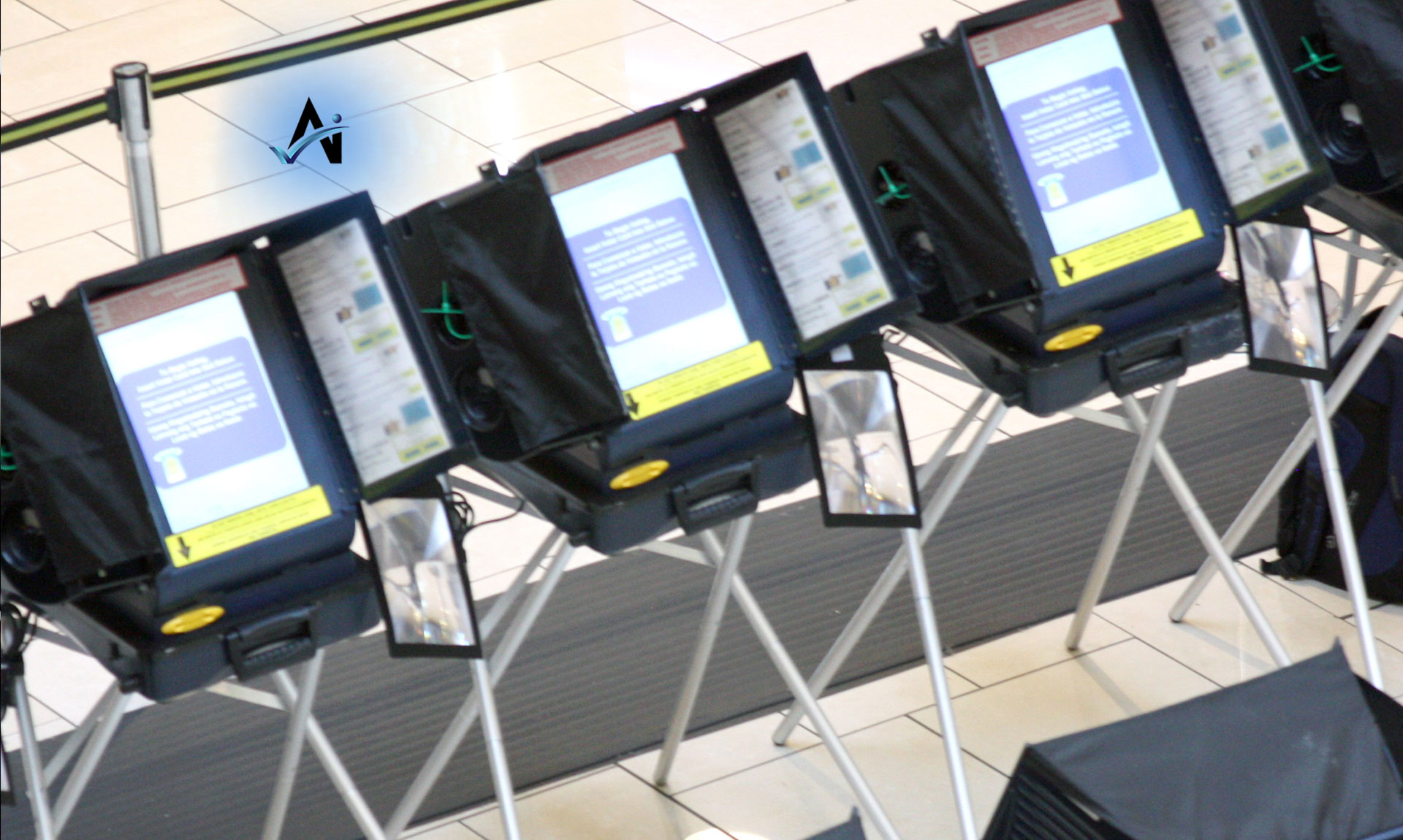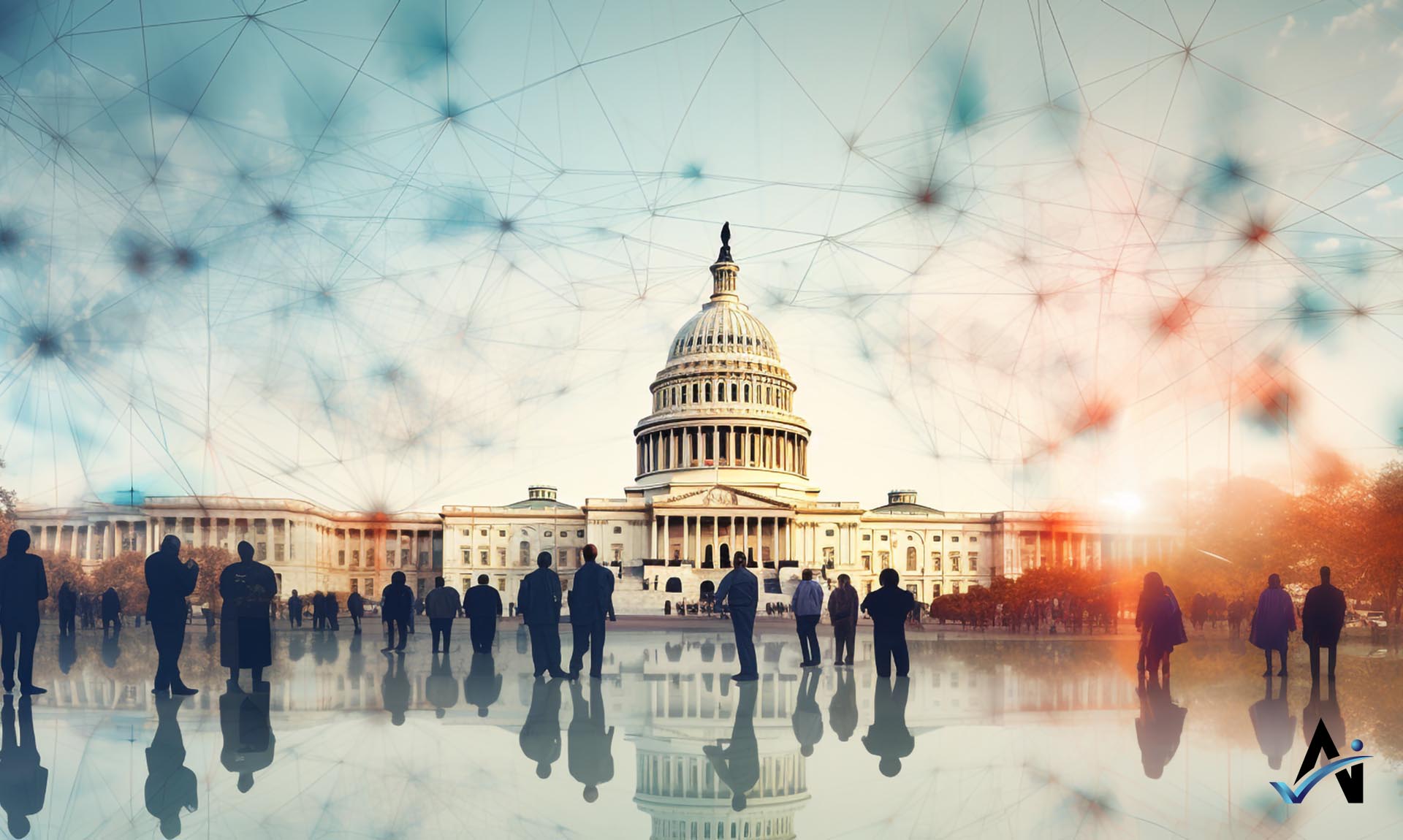Safeguarding Democracy With AI
Ensuring the integrity of elections is a fundamental pillar of democracy. As technology continues to advance, so do the methods by which election fraud can occur. In this digital age, Artificial Intelligence (AI) is emerging as a powerful tool in the fight against vote fraud. AI is being utilized to detect and prevent fraudulent activities in the electoral process, safeguarding the foundations of democracy.
The Challenge of Election Fraud
Election fraud encompasses various illicit activities, including voter impersonation, ballot stuffing, fraudulent registration, and manipulation of vote counts. Detecting these fraudulent actions manually can be a daunting task, given the sheer volume of data involved. AI provides a scalable and efficient solution to tackle this challenge.
Voter Verification
AI plays a pivotal role in voter verification. Advanced facial recognition algorithms can be employed to compare voters’ faces with official identification documents, such as driver’s licenses or passports, during voter registration and at polling stations. This ensures that individuals are who they claim to be and reduces the risk of voter impersonation.
Anomaly Detection
AI-driven algorithms are excellent at identifying anomalies in voter data. By analyzing patterns and historical data, AI can flag unusual voting behavior, such as a sudden surge in registrations from a specific location or a large number of ballots cast in a short period. These anomalies can then be investigated further to determine their legitimacy.
Signature Verification
Handwritten signatures are a common method of verification in many election processes. AI can assist in signature verification by comparing the signature on a ballot envelope with the voter’s known signature on record. This technology helps election officials identify discrepancies that may indicate fraudulent activities.
Fraudulent Registration Detection
AI can be used to detect fraudulent voter registrations. By analyzing data from multiple sources, including social media profiles and government records, AI algorithms can identify inconsistencies or duplicate registrations. This prevents the inclusion of fake or ineligible voters on the electoral roll.
Network Analysis
AI-based network analysis can uncover complex patterns of fraud. By examining connections between individuals, groups, or organizations involved in fraudulent activities, AI can provide insights into the coordination and scale of election fraud operations.
Predictive Modeling
AI-driven predictive modeling can estimate the likelihood of fraud in a given election. By considering historical data, voter demographics, and other factors, these models can help election authorities allocate resources and implement security measures in areas at higher risk of fraud.
Real-Time Monitoring
AI enables real-time monitoring of election-related activities. By analyzing social media trends, news reports, and online discussions, AI can quickly identify and respond to attempts to spread misinformation or manipulate public opinion.
AI is a valuable tool in the ongoing effort to safeguard the integrity of elections. By utilizing advanced algorithms and data analysis techniques, election authorities can detect and prevent fraudulent activities more effectively, ensuring that the voice of the people is accurately represented in democratic processes. As technology continues to evolve, AI will play an increasingly crucial role in upholding the principles of free and fair elections around the world.
latest video
Get Our Newsletter
Never miss an insight!






